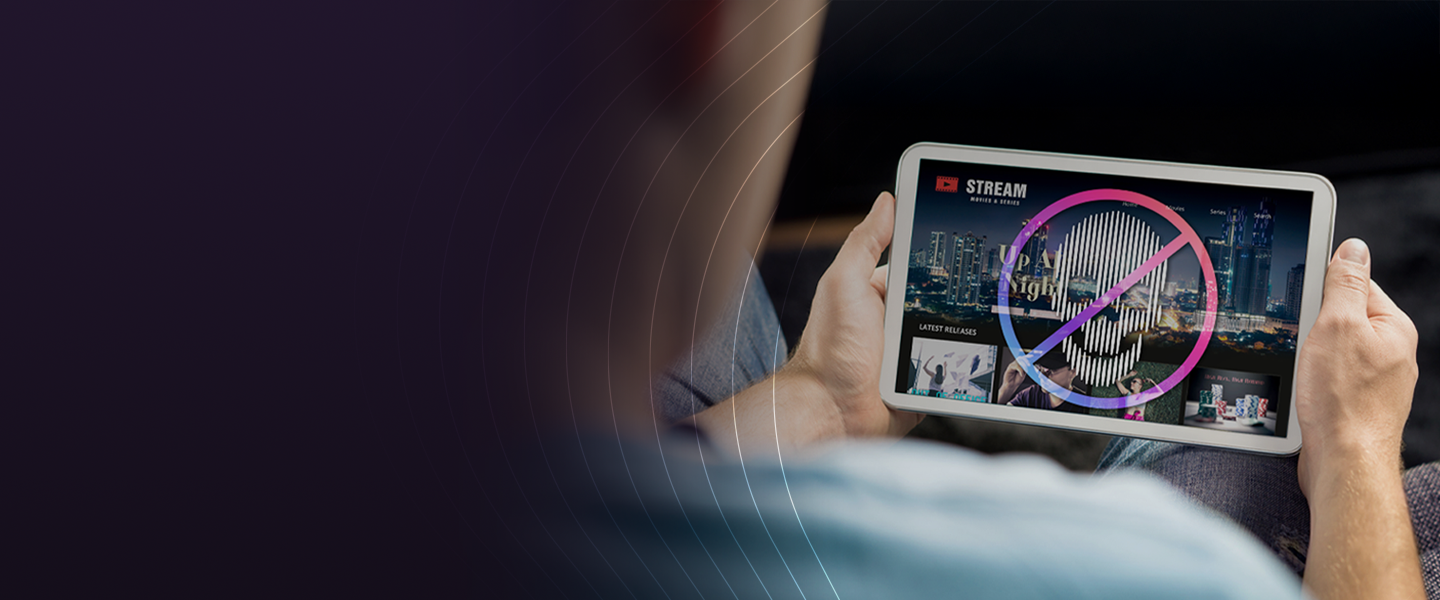The streaming wars are intensifying as content owners like Disney go direct to consumer and Telcos and OTT-only operators like Amazon snap up live sports rights. At the same time the popularity of 4K for streaming is growing all the time. OTT has truly evolved into an experience built for big screens.
It’s no wonder sales of Smart TVs are booming. Research from Dataxis suggests more than 221 million units were sold worldwide in the second quarter of 2019. And that was before Black Friday, and the new year sales season!
Bigger screens, bigger problems for OTT providers
As a consumer, I love that my Smart TV allows me to connect to all my favorite streaming services and get a home cinema experience. Of course, we all know it’s not quite that simple. At launch, Disney+ was unsupported on some popular devices, and Netflix recently discontinued support for some older Smart TVs.
If big budget players like Netflix and Disney only reach a subset of TVs, what hope is there for smaller operators? It’s fast becoming one of the top OTT challenges.
Fragmentation leads to Frustration for OTT Services
Smart TV market fragmentation is not breaking news for anyone. Dataxis listed twenty different manufacturers in their global sales stats and device pluralization is standard fare for operators used to dealing with Android devices from dozens of different brands. With Smart TVs the big issue is operating systems.
The latest screens are most likely to ship with Android TV, webOS, Tizen, Roku TV or SmartCast. But it’s the huge list of legacy platforms out there that’s a real problem. Here’s just a snapshot of the legacy operating systems listed on Wikipedia at the time of writing:
And don’t expect that this picture will get simpler anytime soon. New versions of existing operating systems keep entering the market to complicate things further. Operators who aim to reach every platform have a lot of work to do!
The challenge of DRM integration
To achieve maximum reach, operators need to integrate their service with the APIs of all these systems. Such integration should be straight forward, and TV manufacturers might even help if you are Google, Apple, or even Netflix. There’s also a growing market for app platforms that promise easy porting from one platform to another. But when your OTT service requires a certain level of security things get much more complicated.
In most cases, the video players in these operating systems are not pre-integrated with the required DRMs. Each TV set might support one different DRM (e.g. Widevine, PlayReady, Fairplay) but if you need multiple DRMs and to impose security measures mandated by different content owners and distributors, things get very messy, very quickly. Especially the strictest rules of all – those for 4k content or high-value live events.
When smart TVs lose their shine
But is it so bad to launch an OTT service without supporting all TVs, or to discontinue support for an older device? Isn’t it just as bad as not reaching some old Android tablet? In fact, it’s worse. In many markets the average user swaps their mobile devices every 2-3 years. But the replacement cycle for TV sets is around 7 to 8 years. User frustration is high when they can’t access your hot new service, or when the screen they’ve used for years suddenly loses your app.
Getting your device strategy right
A device strategy is key for any OTT service and overlooking it is one of the worst mistakes an operator will make. As we have seen, the default strategy of “nobody gets left behind” – supporting all devices – is unsustainable. So, what’s the answer?
Whether you’re launching from scratch or revamping your existing OTT offering, be clear about which device families you are targeting and what DRM you’ll need. Give this the same priority as the user experience. Too many operators have a long list of target devices but find their hopes are dashed when they finally start thinking about DRM too late in the game.
Security is central to success, right from the start
The best way forward is to choose a reliable app developer, video player, and security partner who understand all the complexities of reaching smart TVs. And ensure they’re working together from the very first day of service planning.
Give them your target list of devices and DRMs and check in regularly to make sure you’re not facing any nasty surprises. It’s the key to Smart TV success.
Juan Martinez | Senior Product Manager










/Images/Module%20-%20footer/spiral.svg)
